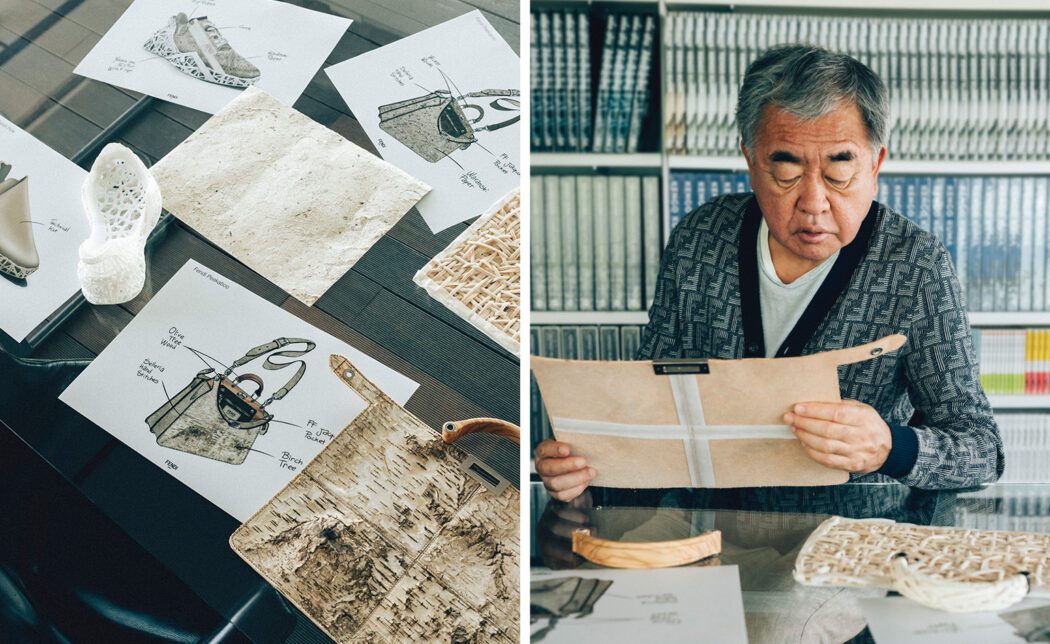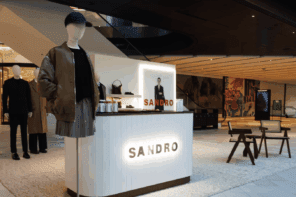Introduced for the first time during their Men’s Spring/Summer 2024 collection by Silvia Venturini Fendi, Artistic Director of Accessories and Menswear, Fendi presents an exclusive series of accessories crafted in partnership with renowned Japanese architect Kengo Kuma. Kuma, celebrated globally for his naturalistic architectural approach and ‘negative architecture’ philosophy, brings his intricate designs, experimental ethos, and dedication to craftsmanship to this unique collaboration, perfectly complementing Fendi’s ethos of material innovation and research.
“Kengo Kuma has always been a master of naturalist architecture,” shares Fendi. “His ability to blend nature seamlessly into his creations, both inside and out, resonates deeply with us. There’s a strong connection between his Japanese approach to craftsmanship and Fendi’s values, and it’s a connection we’re proud to explore.”

In this collection, Kuma reimagines some of Fendi’s iconic pieces—the Peekaboo bag, Baguette Soft Trunk, and Flow Sneakers—infusing them with traditional Japanese craftsmanship and natural materials for a fresh perspective. Employing the ancient technique of handmade papermaking, Kuma incorporates waranshi, a special washi paper blend made from cotton and tree bark, into each accessory. This material, commonly used in origami and traditional Japanese crafts, provides a delicate yet durable foundation, embodying Kuma’s ethos of merging human creations with nature. Additionally, the Peekaboo bag features pale birch bark, subtly nodding to Fendi’s signature Pequin pattern, while the Flow sneaker’s sole boasts a 3D-printed, lattice-inspired design, innovatively reinforced with yatara ami, a traditional bamboo weaving method.

Driven by a shared vision of innovation and a harmonious relationship between man and nature, Fendi’s collaboration with Kengo Kuma represents a captivating exchange between creative realms, seamlessly blending past and present in an authentic expression of possibilities. “Our collaboration with Kengo Kuma goes beyond the boundaries of Fendi and architecture,” notes Fendi. “It’s a dialogue between designers, artisans, and materials—a testament to the power of global creativity and collaboration.”





